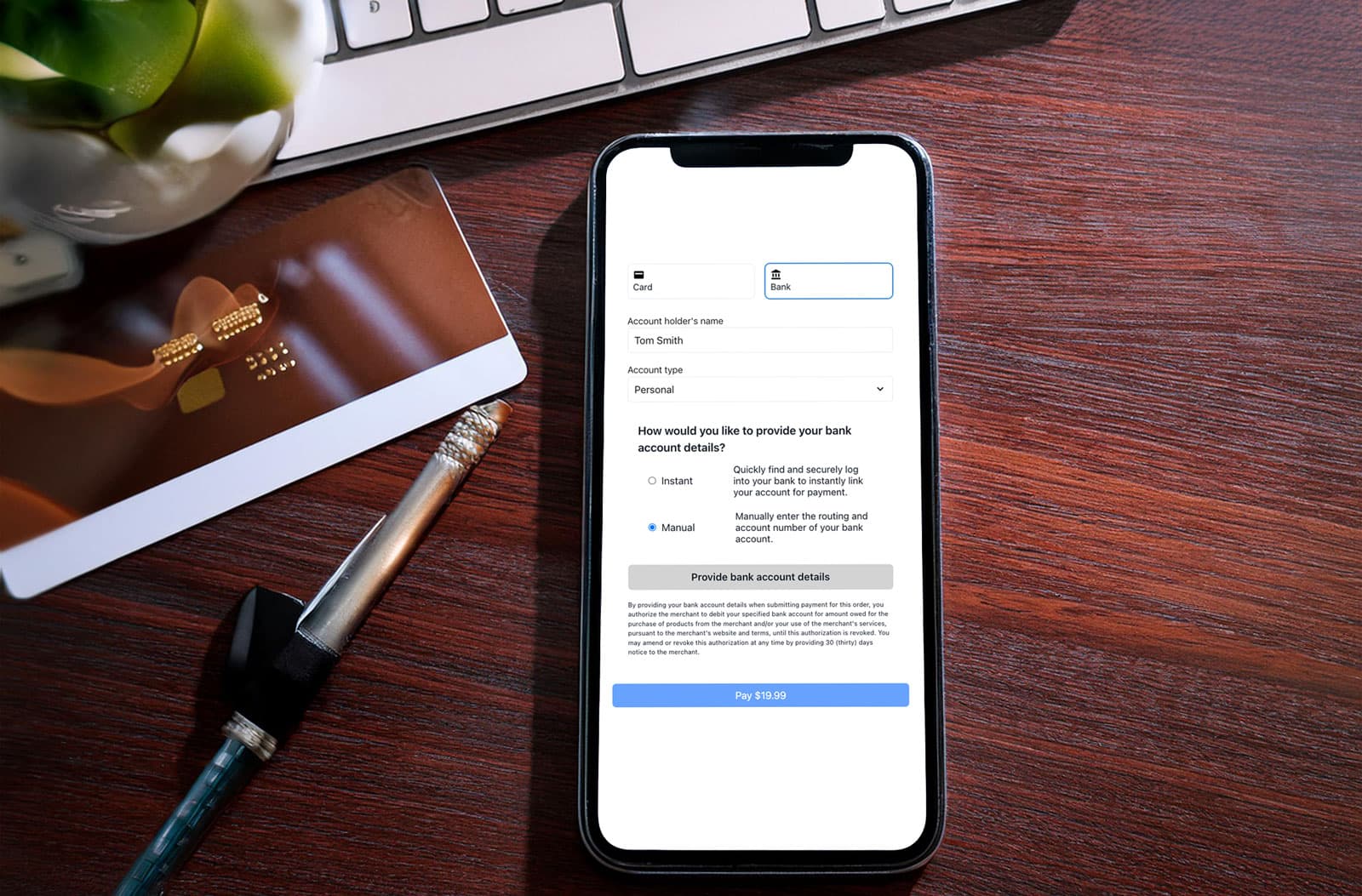After years of building SaaS+Payments companies and seeing firsthand how the industry operates, we built Forward to eliminate the bad practices holding platforms back.
Here are the seven worst practices we see and how Forward fixes them.
1. Hidden pre-revenue share fees
Legacy processors and ISOs inflate their cut by adding fees that don’t count toward the revenue share with software platforms.
Example: A platform was promised a 70/30 revenue split with their processor. Once we ran a residual analysis, the hidden fees flipped it in the processor’s favor.
Forward response: We charge a transparent buy rate, provide detailed reporting, and let the platform retain 100% of merchant payments expense tied to that buy rate.
2. Charging platforms a percentage of payouts
Payments providers often lower headline processing fees, only to add basis points on payouts. Since ~97% of funds are paid out, the “savings” disappear.
Example: We see this in nearly every recently renegotiated Stripe Connect agreement. Founders and investors focus on the tier rate, but miss the payout surcharge that wipes out the benefit.
Forward response: We never charge basis points on payouts. There is only a fixed cost to settle a payment, which varies by speed, but never by transaction size.
3. Token wars
When switching providers, legacy vendors often make it painful (or expensive) to migrate stored credit card tokens even though the networks own the PANs.
Example: We’ve seen providers delay migrations for months, send outdated card data, or charge egregious token conversion fees.
Forward response: A firm reminder that the vendor doesn’t own the PAN usually fixes the issue. If not, we help clients capture stored cards via orchestration tools before migrating.
4. Payments as a systems integration project
A payments integration should take less than a week. If it takes months, you’re dealing with enterprise point products re-purposed for software, not purpose-built tools.
Example: At a prior company, integrations took 9 months and required multiple poorly documented APIs just to support core features.
Forward response: Our clients often integrate in a weekend, and most wrap within a month. We completed 18 integrations over the life of our last software company, 16 too many!
5. Financial data that doesn’t reconcile
If payments data doesn’t reconcile to the penny, customers call support. Many providers can’t reconcile data between authorization and settlement because of legacy M&A sprawl.
Example: A well-known PFAC (later acquired) had a rounding error due to networks running at four decimals and banks at two. Their data never matched.
Forward response: We invested millions in our settlement platform to ensure penny-perfect reconciliation. We also built merchant-facing reconciliation tools so accountants and controllers can close their books quickly.
6. Hardware science projects
At scale, almost every SaaS platform needs card-present. But many providers offer limited hardware, forcing software teams into endless device support.
Example: At our last company, supporting tens of thousands of devices across major sports and music venues buried our team in support tickets.
Forward response: We built a device-level SDK that limits PCI scope and works with nearly every U.S. terminal. Some clients even keep their existing devices and begin monetizing immediately.
7. Egregious merchant pricing
When providers control merchant pricing, fees creep up with every network update. This slows adoption or drives churn.
Example: We reviewed a referral deal with a top-3 U.S. acquirer where merchants paid a median effective rate of 8.2%. In a market where ~3% is standard, it was killing adoption.
Forward response: Our clients control their pricing. We provide guidance and data, but platforms choose the structure. Flat rate, interchange plus, surcharging, convenience fees, and more.
Payments is too important to get wrong. These seven sins are why we built Forward — to bring transparency, efficiency, and trust back to integrated payments.





